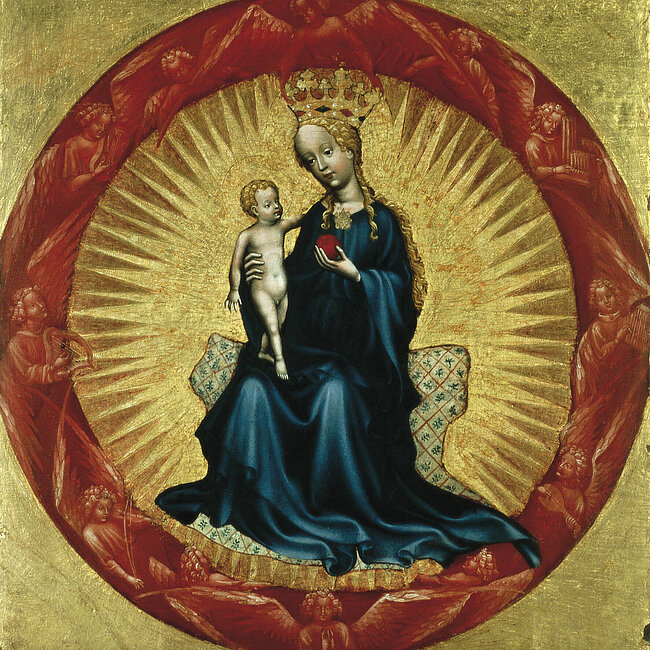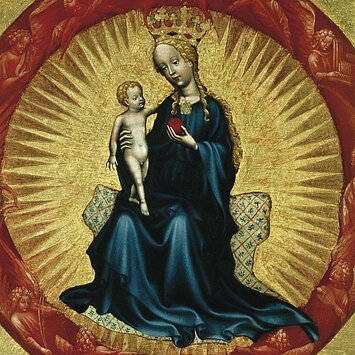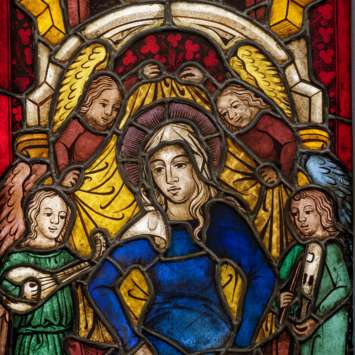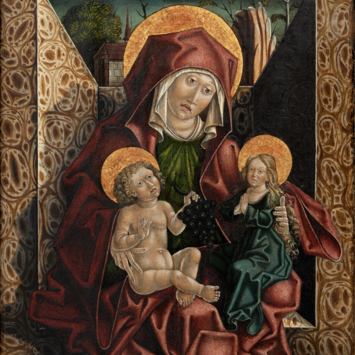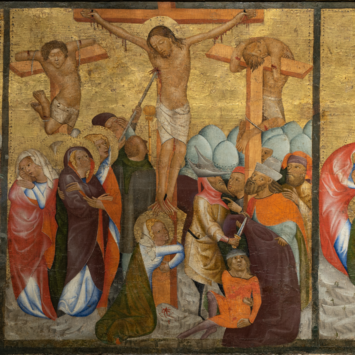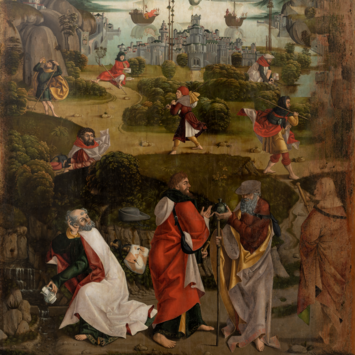Art in the Middle Ages: Eternity and its Effigy In the Middle Ages, art mainly served the glorification of God and the idea of a better life in the world hereafter. Numerous panels, statues and stained-glass paintings evoke a radiating world beyond, free of fear and misery.
Art also served the personal salvation of the soul. With the help of generous donations, those who commissioned a work of art wished to secure their place in heaven, and all posthumous fame is owed to them. The artist was mostly an anonymous craftsman. Order is a central concept in medieval thought.
The rigid social order on earth is revealed as the image of an ideal heavenly order. Each social rank was allocated its task:
tu rege – Rule! – was assigned to the prince,
tu ora – Pray! – to the clergy,
tu labora – Work! – to the common man.
Art, too, was subject to strict rules, artistic imagination in the modern sense was unheard of. The themes were provided by the Bible and the legends of the saints.
Discover the
Universalmuseum Joanneum
Graz
Styria
Closed

Enter Museum
Tierwelt Herberstein
More than 85 animal species from all continents live in the Herberstein Animal World.
Universalmuseum
Joanneum
Back to Universalmuseum Joanneum
Alte Galerie > Our programme > Exhibitions > Eternity and its Effigy
Eternity and its Effigy
Topics



















